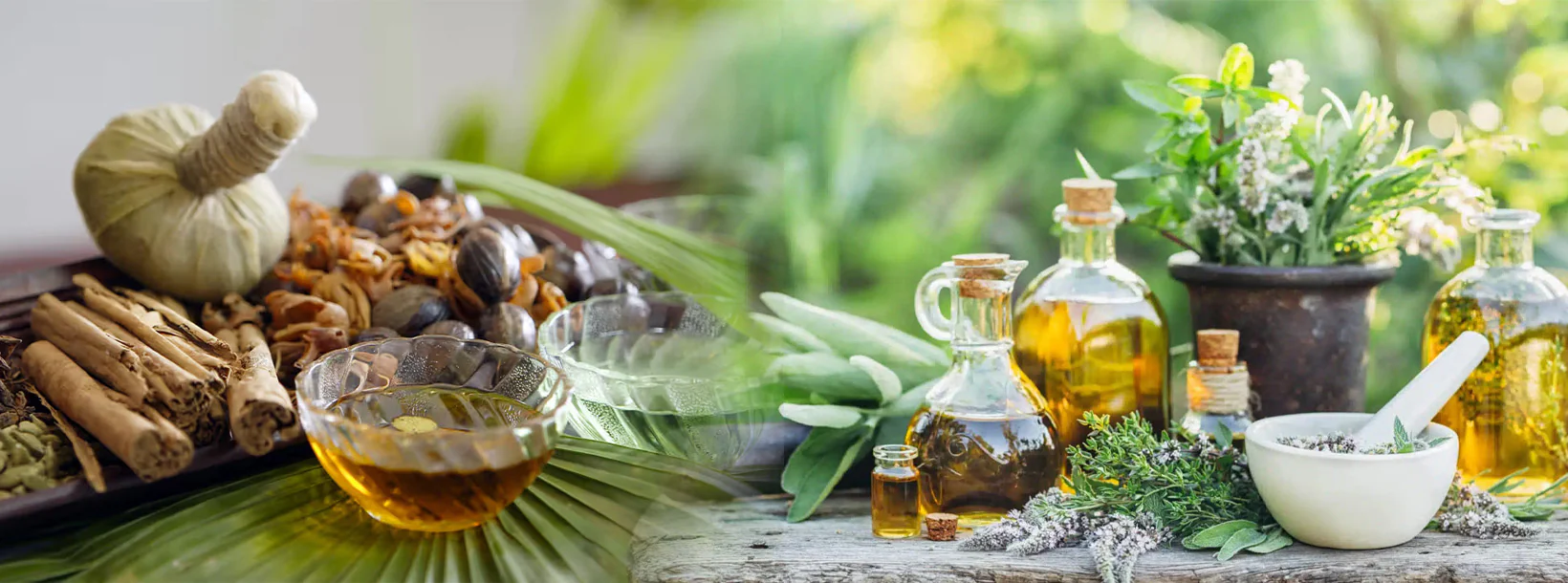
Ayurvedic Medicinal Plants
Sri Lanka's Ayurvedic tradition features a rich variety of medicinal plants used for centuries. Sri Lanka has a rich tradition of Ayurvedic medicine, drawing on its indigenous knowledge and a variety of medicinal plants. Here are some notable Ayurvedic medicinal plants found in Sri Lanka:
Sonneratia alba
Sonneratia alba is a species of mangrove tree that belongs to the family Lythraceae. It is commonly found in the coastal and estuarine regions of tropical and subtropical areas, particularly in Southeast Asia, the Indian subcontinent, and Northern Australia. Here are some key features and information about Sonneratia alba:
General Description
Habitat and Distribution
Ecological Importance
Adaptations
Economic and Cultural Significance
Threats
【LK94005744: Text by Lakpura™. Images by Google, copyright(s) reserved by original authors.】
-

Ankenda
Acronychia pedunculata -

Beli
Aegle marmelos -

Bakmi
Nauclea orientalis -

Bangwel-geta
Coscinium fenestratum -

Bukinda /Walkinda
Tinospora malabarica -

Bu- kobbe
Allophylus cobbe -

Dodan –kaha
Memecylon capitellatum -

Diyamitta
Cissampelos pareira -

Embul dodan
Citrus aurantium -

Gas nidikumba
Biophytun reinward -

Hintambala
Carmona microphylla -

Goraka
Garcinia cambogia -

Karapincha
Murraya koenigii -

Keppetiya
Croton laccifer -

Kohomba
Azadirachta indica -

Kotikan-bevila
Sida alba -

Kudumiris (Forest paper)
Toddlia asiatica -

Kurundu
Cinnamomum zeylanicum -

Mahakaramba
Carissa carandas -

Muna mal
Mimusops elengi -

Nelli
Phyltanthus emblica -

Puwak
Areca catechu -

Rath mal
Ixora coccinea -

Eepatta / Ruk - anguna
Alangium salviifolium -

Siyambala
Tamarindus indica -

Walangasal / Wal-embilla
Embelia ribes -

Wal Karapincha
Micromelum ceylanicum -

Welangiriya
Paramignya monophylla
NaN
/
z
-Infinity
Ayurvedic and Herbal
-
Siddhalepa Ayurveda Ziołowy Balsam
Cena regularna Od 2,00 zł PLNCena regularnaCena jednostkowa / na -
Lakpura Odwodniony Soursop (Guanabana, Graviola, Guyabano) Liście
Cena regularna Od 12,00 zł PLNCena regularnaCena jednostkowa / na -
Link Swastha Thriphala (30 tabletek)
Cena regularna Od 8,00 zł PLNCena regularnaCena jednostkowa / na -
Sethsuwa Pranajeewa Miracle Oil
Cena regularna Od 12,00 zł PLNCena regularnaCena jednostkowa / na
Services of Lakpura LLC
NaN
/
z
-Infinity

















































